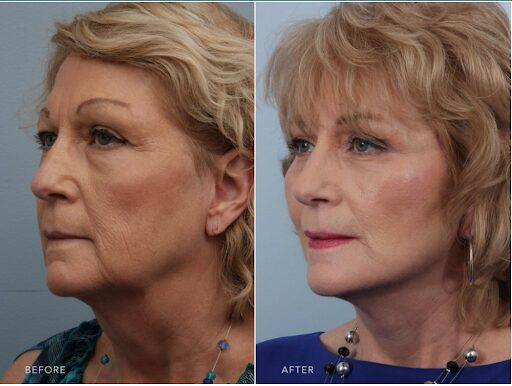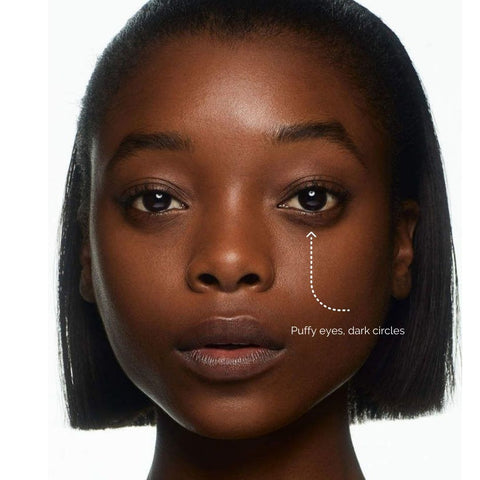
Here are some things you should know about genioplasty. This procedure can be very risky and you should fully understand your options. You will find the following information about Osseous or sliding genioplasty as well as non-surgical gynecologic surgeries. Know what to expect following your procedure.
Osseous genioplasty
Osseous Genioplasty is a popular cosmetic procedure for women looking to improve their appearance. The procedure takes place inside the mouth and leaves no visible scarring. It typically takes one hour. You can have it done as a standalone procedure or as part in a full facial surgery. This procedure can be performed alone or with other forms of plastic surgery to improve a patient's appearance. To learn more about osseous genioplasty, read on.
An osseous genioplasty is usually part of a larger procedure, such as a push-back or side-to-side movement. Most patients were satisfied with the results of the procedure. Active dental infections can cause jaw problems and should be treated before surgery. Patients should also be open about any prior orthodontic or orthognathic procedures, as well as any medication or smoking habits.

Sliding genioplasty
First, your medical history will be reviewed and questions asked about your expectations for the results of sliding genioplasty. X-rays or CT images of your jaw may also be taken to determine your surgical options. A sliding genioplasty is typically a quick and relatively safe procedure once you have chosen a surgeon. There are potential complications. These include infection, bleeding and an adverse reaction to anesthesia. To minimize your risk of these complications, you should follow the pre-operative instructions carefully.
Your surgeon will first perform a cephalometric scan. Then, they will measure your chin. Cephalometric measurements can help you determine if your overprojection, underprojection or transverse asymmetries are present. A standard facial photograph will be taken to determine your transverse dimension asymmetry. If you have any of the above problems, a sliding procedure may be the best option.
Non-surgical genioplasty
You can choose nonsurgical genioplasty if you wish to reduce the size and shape of your chin, but don't want to have to go under general anesthesia. This procedure involves the removal of a small portion of the jaw bone and its repositioning forward. This difficult procedure will require the use of screws to fix the jaw. Nonsurgical genioplasty, on the other hand, is much easier to correct because the surgeon manipulates your own bone.
Nonsurgical Genioplasty is available in two options. One involves a sliding technique whereby a doctor makes an incision under the chin or lower lip. Another method involves repositioning the chin bone through wires. This procedure is for people with retrogenia or a receding chin. The type of procedure and corrections used will determine the recovery time.

Risques of genioplasty
Genioplasty is a risky procedure despite its many benefits. There are risks such as numbness under the chin or lower lip. This may persist for weeks to months and could even be permanent. The brain can adjust to the sensation of numbness. If the pain or bleeding persists or continues, patients should follow the surgeon’s instructions.
There are many complications that can be associated with genioplasty. The most common is the temporary neurosensory disturbance (TND) of the inferior alveolar nervous. These complications can be avoided by careful preoperative counseling and informed consent. Sliding genioplasty is a procedure that moves the chin bone forward by moving it forward. This procedure is not recommended if you have any medical conditions, or are planning on having a genioplasty.